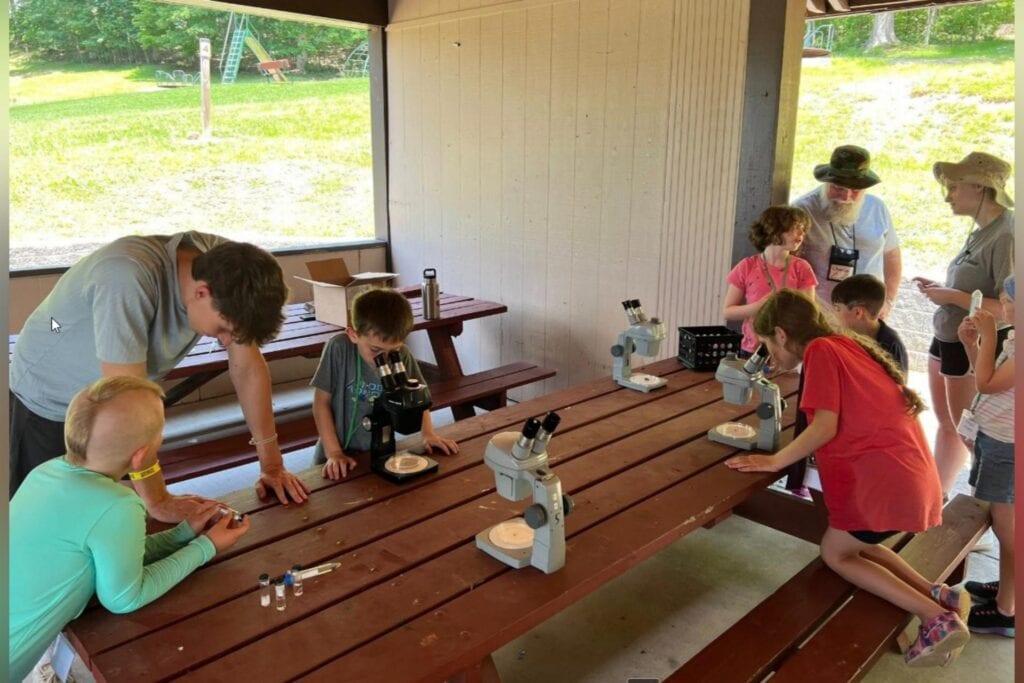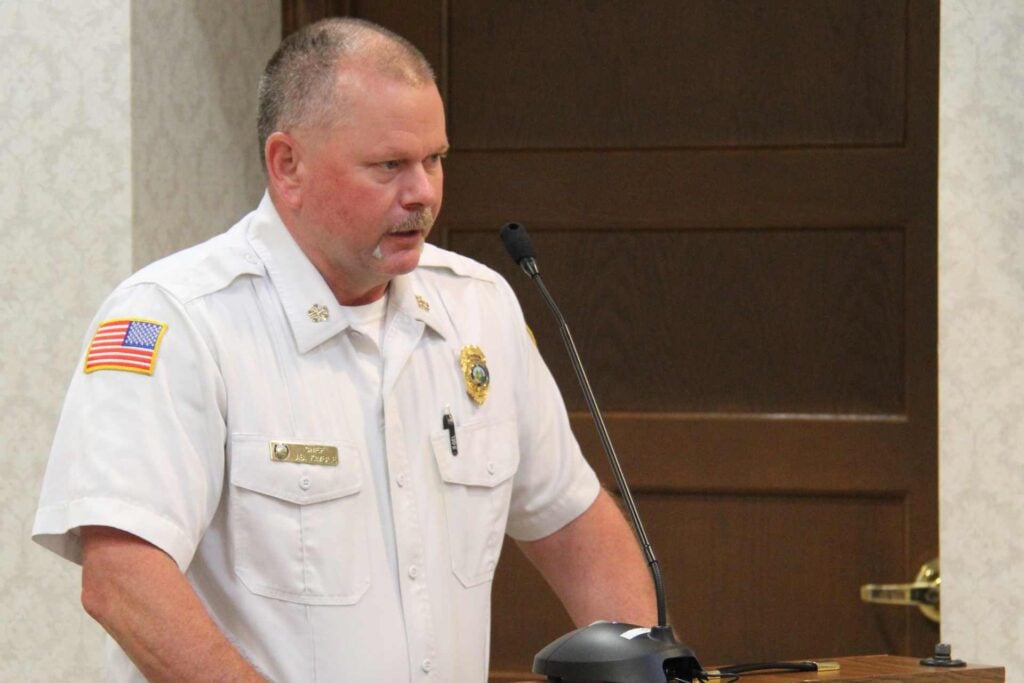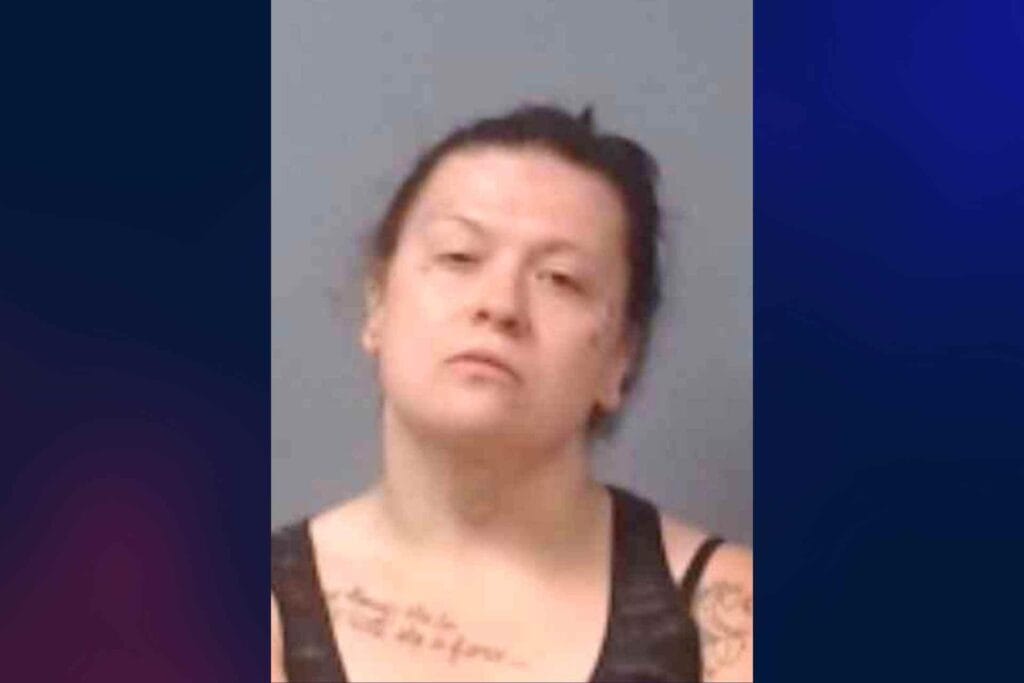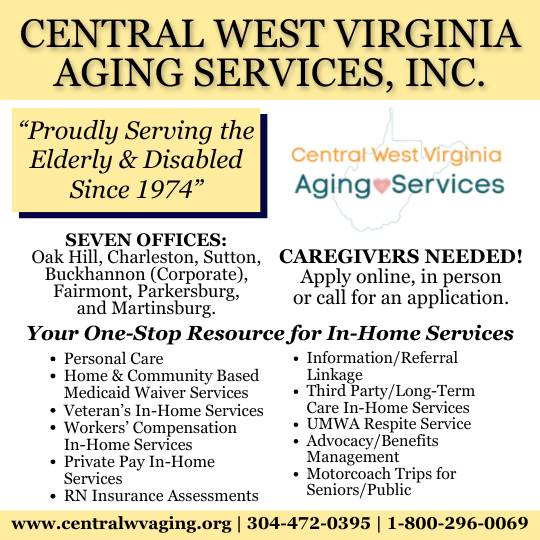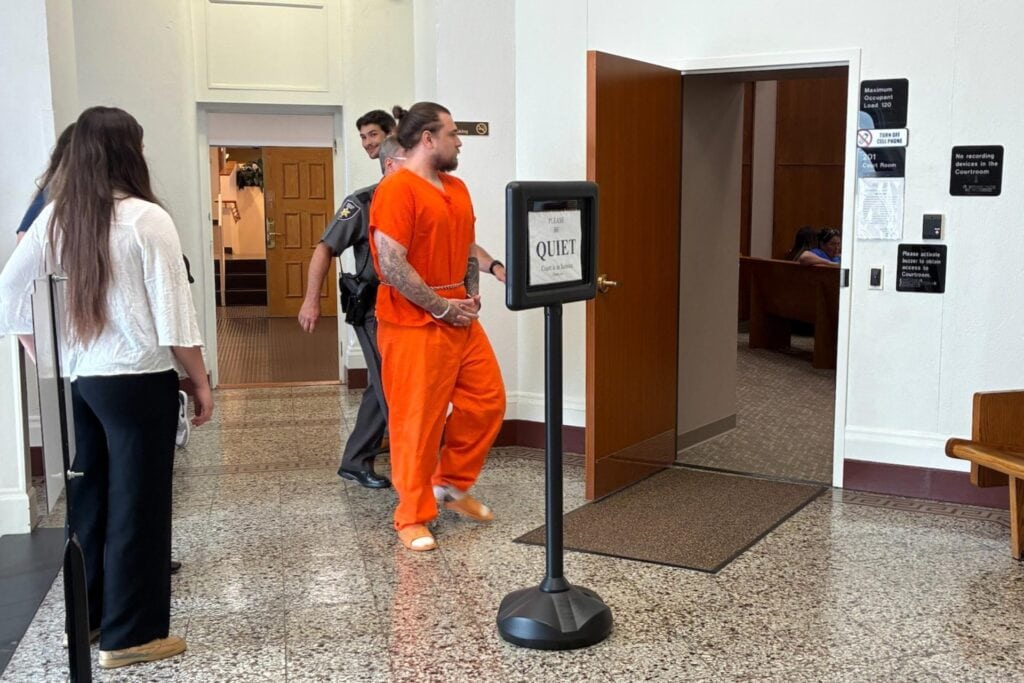West Virginia Governor’s Highway Safety Program highlights car seat safety during Child Passenger Safety Week
CHARLESTON, WV – Every day in America, millions of parents and caregivers travel with children in their vehicles. While some children are buckled properly, in the correct car seats for their ages and sizes, many are not buckled properly, if at all. According to the U.S. Department of Transportation’s National Highway Traffic Safety Administration (NHTSA), nearly half (46 percent) of car seats are misused.
To help combat this issue, the West Virginia Governor’s Highway Safety Program (GHSP) has partnered with NHTSA in sponsoring a campaign dedicated to helping parents and caregivers make sure their children ride as safely as possible – every trip, every time.
This campaign – called Child Passenger Safety Week – will run from Sunday, Sept. 15 to Saturday, Sept. 21, with National Seat Check Saturday also on Sept. 21.
“Every 32 seconds in 2017, a child under 13 was involved in a passenger vehicle crash,” said Amy Boggs, Child Passenger Safety Program Coordinator. “Correctly using car seats, that are both size-appropriate as well as age-appropriate, is the best way to keep your children safe.”
According to NHTSA, motor vehicle crashes are a leading killer of children, and while fatalities and injuries declined in 2017 from 2016, there is still work to be done to completely eliminate these preventable tragedies. Car seats, booster seats, and seat belts can make all the difference.
“In 2017, nationwide, 312 children under the age of 5 were saved because they were correctly using restraints,” Boggs said. “Child safety seats matter and having the right car seat installed and used the right way is critical.”
Boggs added that too often, parents move their children to the front seat before they should, which increases the risk of injury and death, even if they are buckled up. The safest place for all kids under 13 is in the back seat. Also, according to NHTSA, in 2015, about 25.8 percent of children 4 to 7 who should have been riding in booster seats were prematurely moved to seat belts, and 11.6 percent were unbuckled altogether.
“As parents and caregivers, we have a long list of things we do for our children to show our love. One of the simplest and most important things on the list should be to make sure they are in the right car seat for their size and age,” Boggs said. “Even if you think your child’s car seat is installed correctly, get it checked by a certified Child Passenger Safety Technician so you can be sure that your child is the safest he or she can be while traveling.”
NHTSA recommends keeping children rear-facing as long as possible, up to the top height or weight allowed by their particular seats. Once a child outgrows the rear-facing-only infant car seat, he/she should travel in a rear-facing convertible; or all-in-one car seat. Once your child outgrows the rear-facing size limits, the child is ready to travel in a forward-facing car seat with a harness (always use the tether). After outgrowing the forward-facing car seat with harness, children should be placed in booster seats until they’re the right size to use seat belts safely. And, if children are under 13 years old, they should always sit in the back seat.
Remember to register your car seat or booster seat with the seat manufacturer so you can be notified in the event of a recall. Parents and caregivers can view more information on car seat safety, including a list of all fitting stations in the state at www.dmv.wv.gov/cps. For more information on upcoming free car seat checks, follow the GHSP’s social media accounts on Facebook and on Twitter.



